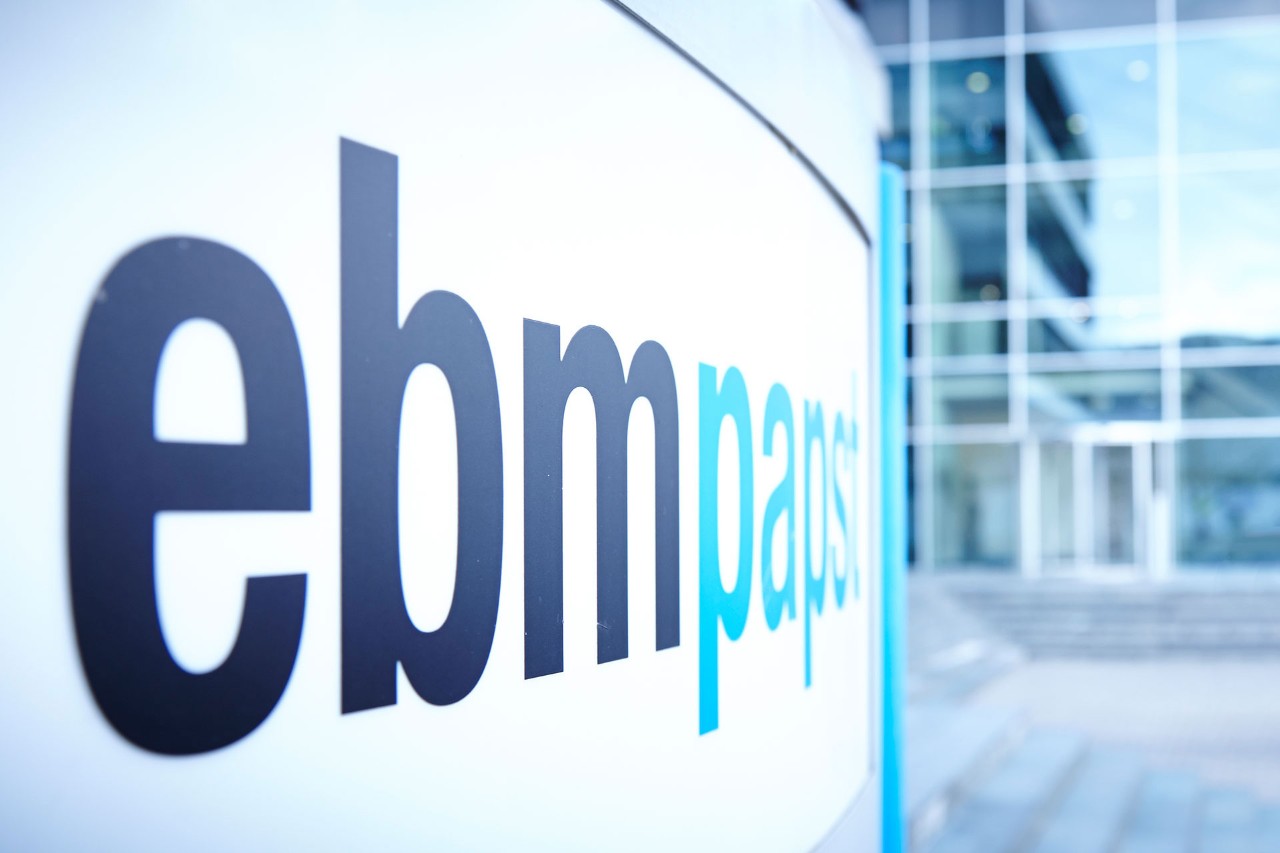Electronically Commutated (EC) Motors
Until now, hand-operated electric tools – whether battery-powered or with cables – were mainly operated with so-called AC series motors. These motors have good load behavior. They do have problems too, however. They can easily overheat, for example, and due to the wear of the carbon brushes, need a lot of maintenance work. This is different for EC motors, as alternating voltage is rectified in the commutation electronics. No carbon brushes? Commutation electronics? What the tech?!
As mentioned, with EC technology, AC voltage is rectified in the commutation electronics. But what does that mean? The stator, that’s the stationary part, contains the windings. The moving rotor contains permanent magnets with alternating poles. When the windings are energized according to the desired speed and direction of rotation, the rotor starts to rotate.
How does commutation in EC motors work?
The underlying commutation works as follows:
Phase 1 is energized in such a way that the same polarity is produced as on the applied rotor magnet. Phase 2, on the other hand, is energized to the negative pole. The repulsion of identical and attraction of different poles starts the rotation. The negative pole is now transferred from phase 2 to phase 3. The motor then continues to operate in this way. As a result, an EC motor has a very high level of efficiency.
What are the benefits of EC motors?
This means that hardly any power is lost in the form of heat. In general, the motor hardly develops any heat, saves energy and is less expensive due to the elimination of maintenance work over its service life. It is also 25 percent lighter than AC motors with the same power. And it also runs very quietly. But best of all, it works as a plug & play solution and does not require a transformer control unit, a variable frequency drive, or a motor protection switch, for example. Nevertheless, it can operate in a broad and easily controllable speed range.
To watch more videos and learn more about EC technology, please subscribe to our What the Tech channel on YouTube.
by ebm‑papst Mulfingen GmbH & Co KG
